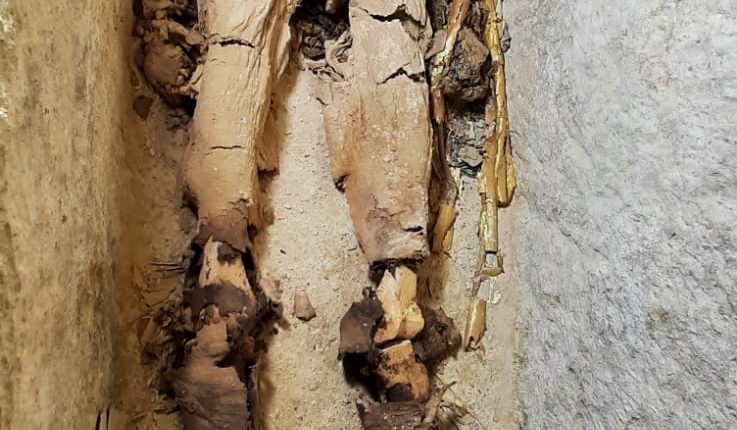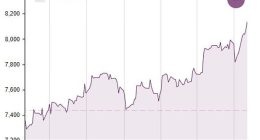THIS year has been full of archaeological discoveries from Ancient Egyptian finds to art history breakthroughs.
We’ve rounded up three top archaeology moments of 2023.
GOLDEN MUMMY
At the start of the year, it was announced that a huge secret tomb dating back 4,300 years had been discovered in Egypt.
The major Ancient Egyptian find consisted of a gold-laced mummy and four tombs.
In January, Egypt revealed that the tombs and artifacts were unearthed at the Saqqara necropolis, south of Cairo.
Archaeologist Dr Zahi Hawass said: ‘The tombs also contain carved pieces belonging to the owner of the tomb, which the mission is currently working on assembling.”
He added that the largest tomb is “decorated with scenes of daily life.”
Details about the golden mummy were kept under wraps but it was said to be one of the oldest non-royal mummies in existence.
CANNABIS DISCOVERY
The first evidence of cannabis in pre-modern skeletal remains was announced in 2023.
Researchers analyzed skeletal remains that were originally located in a 17th-century hospital crypt in Milan, Italy.
Most read in News Tech
They were investigated as part of a study involving the University of Milan in Italy.
Evidence of cannabis use was found in two pre-modern skeletons.
The study stated: “We hypothesize that the subjects under investigation used cannabis as a recreational substance.”
MONA LISA’S SECRET
In October, a study was published that revealed a team of experts used X-ray scans to unlock a new secret about the Mona Lisa.
It was published in the Journal of the American Chemical Society.
Researchers used X-ray scanning and an infrared technique to observe the background layer of the artwork.
They were able to analyze this sample and determine what paint recipe Leonardo da Vinci used when he painted the background of the Mona Lisa.
The mixture discovered was different from the one da Vinci finally decided to apply for the actual masterpiece.
Researchers concluded the artist was feeling experimental when designing the painting and also used lead oxide powder to help his paint dry.
This post first appeared on Thesun.co.uk












